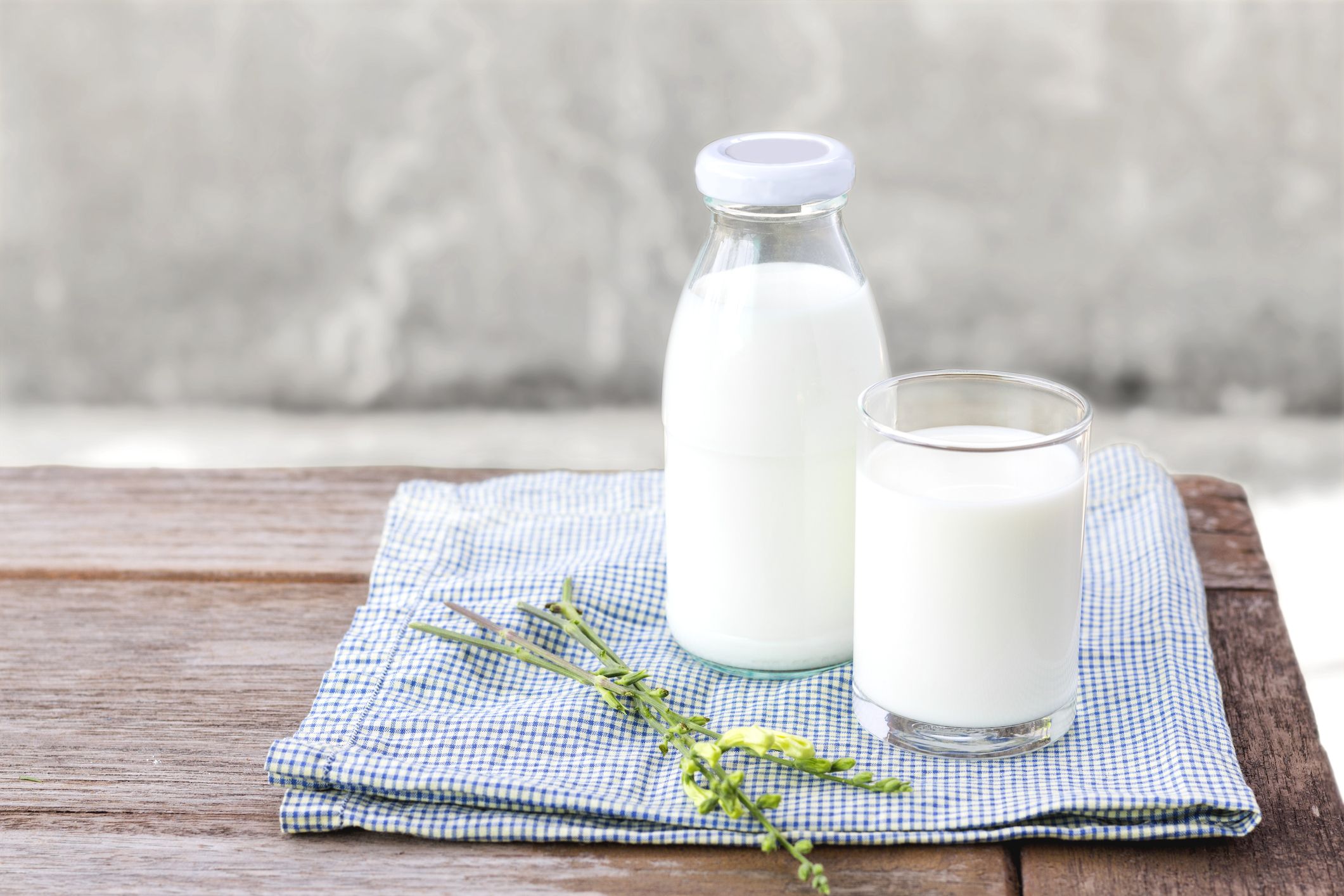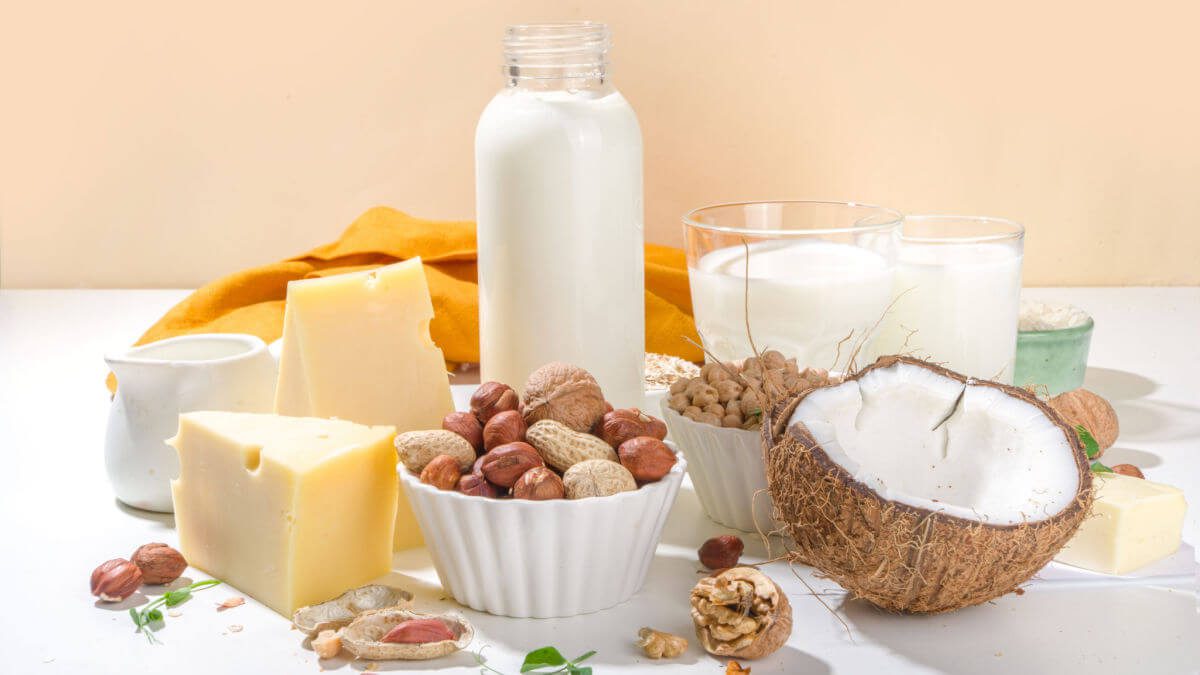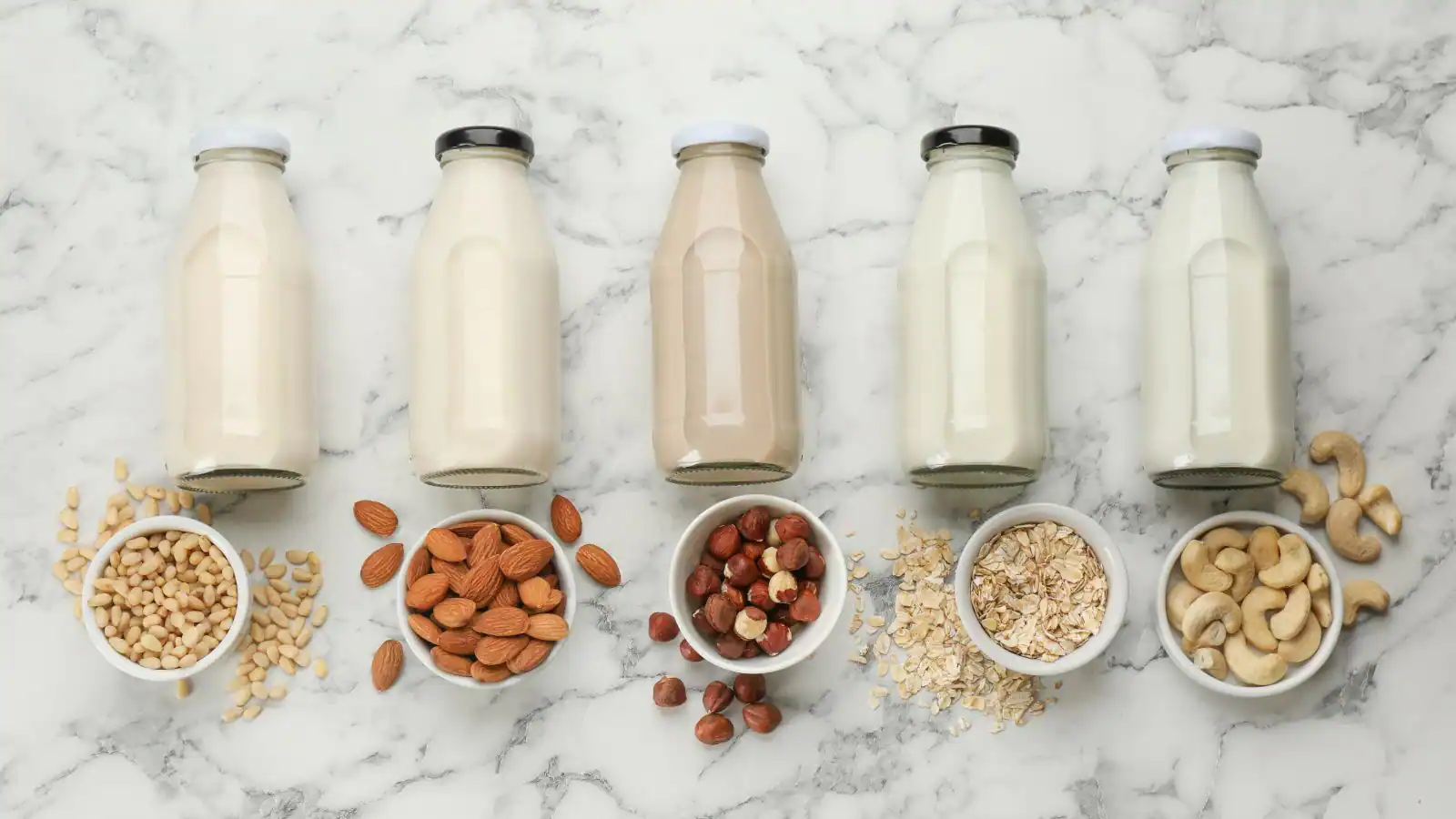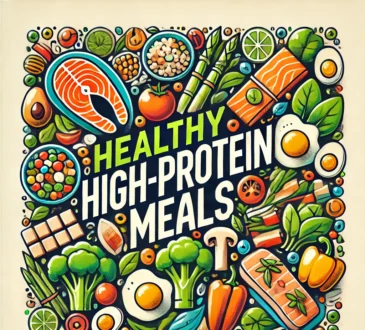The dairy product (not milk) alternatives best for protein, digestion and omega-3s. FOR YEARS WE WERE TOLD that milk does a body good. But while one cup provides roughly 30% of your daily recommended calcium intake, milk can also be hard to digest and may cause inflammation. Thankfully, we now have plenty of alternatives to choose from, including almond, cashew and soy varieties. Paying special attention to each milk’s unique benefits and lack thereof. She points out that most non-dairy milks lack protein, are void of essential vitamin D (unless they’re enriched) and is loaded with added sugar. Since all these options can make for a confusing shopping experience.
There are several alternatives to milk available in the market today. Here are some popular options:
Soy Milk: Made from soybeans, soy milk is a common substitute for cow’s milk. It has a creamy texture and a similar nutrient profile to dairy milk, including protein. Soy milk is often fortified with vitamins and minerals.
Unveiling the World of Cryptocurrency: The Future of Digital Finance
Almond Milk: Almond milk is made from ground almonds and water. It has a slightly nutty flavour and is often low in calories. Almond milk is a good source of vitamin E and can be fortified with calcium and vitamin D.
Coconut Milk: Coconut milk is made from the flesh of coconuts and has a rich, creamy texture. It has a distinct coconut flavour and is often used in cooking and baking. Coconut milk is higher in fat compared to other plant-based milk.
Oat Milk: Oat milk is made from oats and water. It has a mild, slightly sweet taste and a creamy texture. Oat milk is often fortified with nutrients like calcium and vitamin D. It is also a good option for those with nut or soy allergies.
Rice Milk: Rice milk is made from milled rice and water. It has a thin and watery consistency compared to other milk alternatives. Rice milk is often sweetened and flavoured to improve its taste.
Hemp Milk: Hemp milk is made from hemp seeds and water. It has a slightly nutty flavour and a creamy texture. Hemp milk is a good source of omega-3 fatty acids and can be fortified with calcium and vitamin D.
Pea Milk: Pea milk is made from yellow peas and water. It has a creamy texture and a neutral taste. Pea milk is rich in protein and is often fortified with other nutrients like calcium and vitamin D.
Cashew Milk: Cashew milk is made from blended cashews and water. It has a creamy texture and a slightly sweet and nutty flavour. Cashew milk is often fortified with nutrients like calcium and vitamin D.
Macadamia Milk: Macadamia milk is made from macadamia nuts and water. It has a rich and creamy texture with a subtle nutty flavour. Macadamia milk is often higher in fat compared to other plant-based milk.
Quinoa Milk: Quinoa milk is made from quinoa grains and water. It has a light and slightly earthy flavour. Quinoa milk is often fortified with nutrients like calcium and vitamin D.
Flaxseed Milk: Flaxseed milk is made from ground flaxseeds and water. It has a slightly nutty flavour and a thinner consistency compared to other milk alternatives. Flaxseed milk is a good source of omega-3 fatty acids.
Hazelnut Milk: Hazelnut milk is made from blended hazelnuts and water. It has a rich and creamy texture with a distinct nutty flavour. Hazelnut milk is often used in coffee or enjoyed on its own.
“Black Coffee: Exploring its Health Benefits, Side Effects, and Nutritional Value”
Walnut Milk: Walnut milk is made from ground walnuts and water. It has a creamy texture and a mildly nutty flavour. Walnut milk is a good source of omega-3 fatty acids.
Pistachio Milk: Pistachio milk is made from blended pistachios and water. It has a unique, rich flavour with a hint of sweetness. Pistachio milk is often used in desserts and smoothies.
Seed Milk Blend: Some brands offer milk alternatives made from a blend of various seeds such as sunflower seeds, pumpkin seeds, and sesame seeds. These blends provide a mix of flavours and nutritional benefits.
Banana Milk: Banana milk is made by blending ripe bananas with water. It has a naturally sweet taste and a smooth, creamy texture. Banana milk is often enjoyed as a standalone beverage or used in smoothies and desserts.
Cashew-Coconut Milk Blend: This milk alternative is a blend of cashews and coconuts, offering a creamy and rich texture with a hint of coconut flavour. It is often used in cooking, and baking, or enjoyed on its own.
Pea-Coconut Milk Blend: A combination of peas and coconuts creates a milk alternative that is both creamy and high in protein. It can be used in various recipes, including smoothies, soups, and sauces.
Sesame Milk: Sesame milk is made from ground sesame seeds and water. It has a nutty flavour and a smooth consistency. Sesame milk is often used in baking or enjoyed as a dairy-free beverage.
Sunflower Seed Milk: Sunflower seed milk is made by blending sunflower seeds with water. It has a mild, nutty flavour and can be used as a substitute for milk in various recipes.
Spelt Milk: Spelt milk is made from spelt grains and water. It has a slightly sweet taste and a creamy texture. Spelt milk is often used as a milk substitute in hot beverages like coffee and tea.
Lupin Milk: Lupin milk is made from lupin beans and water. It has a mild, slightly sweet taste and a creamy texture. Lupin milk is high in protein and fibre and is often used as a dairy-free alternative in cooking and baking.
Walnut-Coconut Milk Blend: A combination of walnuts and coconuts creates a milk alternative with a rich, nutty flavour. It can be enjoyed on its own or used in various recipes, including smoothies and desserts.
Remember to check the ingredients and nutritional information on product labels, as the composition may vary among different brands and products.








